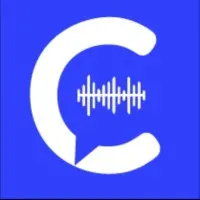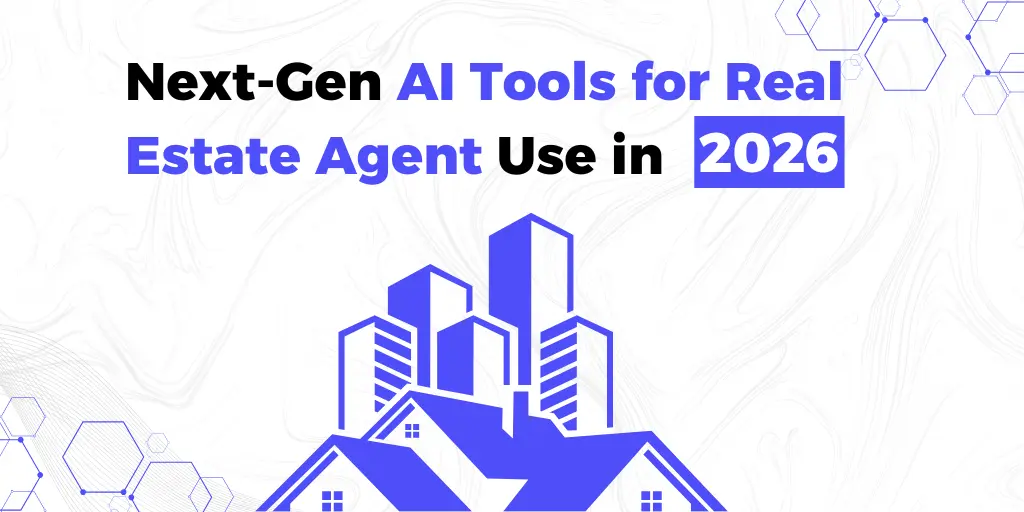
When do your customers need you most? Understanding peak call center hours could be the single most important factor in elevating your customer service strategy. Whether you’re managing customer support for a healthcare provider, an AI real estate agent, a recruitment agency, or an insurance company, timing is everything.
In this data-backed guide, we’ll break down:
1. The busiest times for call centers across industries in the U.S.
2. Why wait times spike (and how to prevent it)
3. How ai voice agent solutions like ContactSwing are transforming call volume management
4. Tactical recommendations by industry and use case
5. Tips to reduce costs, boost CSAT, and increase agent productivity
Let’s dig deeper into when call centers are busiest — and how to thrive during those peak call center hours.
What Are Peak Call Center Hours?
Peak call center hours are the times during the day or week when inbound call volumes surge, often resulting in increased wait times, agent burnout, and missed opportunities to build customer trust.
Typical U.S. Call Center Peak Hours (All Industries)
According to aggregated data from over 300 SMB and enterprise call centers:
| Time Period | Call Volume Level | Notes |
|---|---|---|
| 11am – 3pm (EST) | Very High | Most people take calls after morning meetings or during lunch |
| 8am – 10am (EST) | Moderate | Early risers, East Coast customers |
| 4pm – 6pm (EST) | Very High | End-of-day issues, follow-ups before teams sign off |
| Weekends | Low to Moderate | Depends on industry — higher for healthcare/insurance |
Insight: Mondays and Fridays consistently carry higher call volumes than midweek, often due to backlog or prep for the weekend.
Real-World Use Case: Healthcare Call Centers
Challenge:
A multispecialty healthcare provider in Florida received over 500 calls per day between 9 am and 2 pm — mostly for appointment confirmations, billing queries, and pre-visit instructions. Hold times extended beyond 8 minutes, causing significant patient frustration.
✅ Solution with ContactSwing:
Adopting voice calling ai agent in healthcare helped:
> Automate 72% of scheduling-related calls
> Reduce live agent call volume by 48%
> Improve First Call Resolution (FCR) by 32%
ContactSwing’s AI agents handled patient calls 24/7 — even during night hours — dramatically reducing peak-hour backlogs.
Why Peak Hours Matter: The CX Impact
Failing to prepare for heavy call times means:
> Increased average wait times
> Declining customer satisfaction (CSAT)
> Higher labor costs due to overtime/staffing spikes
> Increased agent burnout and attrition
AI Voice Agents vs. Human Agents During Peak Hours
| Feature | Human Agents | ContactSwing AI Voice Agents |
|---|---|---|
| 24/7 Availability | Limited | Yes |
| Response Time | Queue-based | Instant |
| Cost per Call | $3–$7 | $0.11–$0.45 |
| Handles Concurrent Calls | One at a time | Thousands simultaneously |
| Peak Hour Handling | Resource-constrained | Load-balanced and scalable |
Related read: How AI Is Revolutionizing Customer Service: Key Benefits and Trends
Industry-Specific Call Volume Trends
Healthcare Providers
a. Peak Window: 8am–1pm (appointment confirmations, test result inquiries)
b. AI Actions: Automate reminders, pre-visit intake, and recurring questions
Recruitment Firms
a. Peak Window: 9am–11am, 4pm–7pm
b. AI Actions: Screen candidates, confirm interview schedules, answer FAQs
Real Estate Brokers
a. Peak Window: 12pm–3pm, weekends 10am–2pm
b. AI Actions: Collect buyer/seller info, schedule home tours, route hot leads
Explore more: Automation in Real Estate: The Role of AI Voice Assistants
Insurance Agencies
a. Peak Window: 10am–3pm, end-of-month spikes
b. AI Actions: Claim updates, policy questions, quote automation
How to Manage Peak Call Center Hours Effectively
1. Use Data to Predict Surges
Study your historical call logs to identify high-traffic hours and recurring patterns across weeks/months. ContactSwing integrates with most CRM and telephony platforms to offer predictive call analytics.
Pro Tip: Set alerts for projected spikes 24 hours in advance so you can auto-deploy ai customer service software assistance.
2. Leverage AI for Call Deflection
Enable ContactSwing’s AI agents to handle common call types such as:
> FAQs and policy questions
> Appointment confirmations
> Billing inquiries
> Document submission processes
Result: Live agents are freed up to solve high-complexity or urgent issues.
3. Offer Call-Back and Self-Service Options
Long wait? No problem. Let customers opt in for:
> Queued call-backs
> Secure SMS responses
> Voice menu redirections to smart bots
4. Train Your Team for “Hot Zones”
Enhance staffing or adjust hours during your specific peak intervals. ContactSwing even provides AI-assisted scheduling recommendations.
When NOT to Call a Call Center (And What to Do Instead)
Data tells us that:
1. Mondays between 11 am–2 pm and Fridays after 3 pm see spikes across all industries.
2. Best time to call? Midweek mornings before 10 am (Tuesday–Thursday).
If you’re a customer yourself:
✅ Try chat or virtual agent platforms
✅ Use self-service portals when available
✅ Schedule a call-back during low-traffic hours
How to Reduce Long Wait Times with Automation
Instead of:
“You are number 7 in the queue…”
Imagine a call that starts with:
“Hi! I’m Ava with ContactSwing. I can help you schedule your appointment or check on your claim status. What would you like to do?”
That’s service without the wait.
Businesses using AI automation see:
1. 60% reduction in abandoned calls
2. 40% higher CSAT from after-hours AI support
3. 75% lower cost per resolved issue
ContactSwing in Action: Real-World Results
Use Case: Recruiting Agency in Chicago
Problem: Missed leads due to 150+ after-hours calls/day.
With ContactSwing:
1. 85% of candidates were instantly screened via recruitment automation with AI voice calling
2. Recruiters received only pre-qualified applicants
3. Response-to-interview time shortened by 2.3 days
Use Case: Insurance Hotline in Arizona
Problem: High call drop rates during month-end premium deadlines
With ContactSwing:
1. 12,000+ calls handled simultaneously
2. Call answer rate jumped from 67% to 98%
3. Agent overtime hours reduced by 61%
Final Thoughts: Be Available When It Counts Most
Peak call center hours aren’t a problem — they’re an opportunity. If you have the right systems in place, you’re one ai phone receptionist away from delivering high-quality, cost-effective, always-on service. And your customers? They’ll notice the difference.
Ready to Handle Peak Hours the Smart Way?
ContactSwing helps you:
> Handle 10x call volume without increasing headcount
> Offer 24/7 conversational support via voice ai platform
> Improve SLAs and boost CSAT metrics
Frequently Asked Questions (FAQ)
What’s the worst time to call a customer support line?
Usually Mondays between 11am and 2pm. Try scheduling calls mid-morning on Tuesdays or Wednesdays for shorter wait times.
Are AI voice agents reliable during high volume days?
Absolutely. Unlike human agents, AI agents like ContactSwing can scale instantly and handle thousands of conversations with zero wait.
Can I keep using my current phone system?
Yes! ContactSwing integrates with most cloud call center systems like Twilio, RingCentral, and Genesys.




